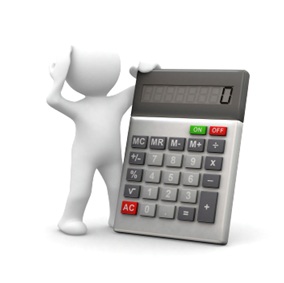
When it comes to understanding the basic approach of the customers towards a particular product or service, researchers need to deal with it in an innovative way. Along with using the traditional tools and techniques of market research, experts also need to be sure that the customers they are studying are the right candidate for the research. Customers or sample size, chosen for the analysis hold special place in the entire process of preparing accurate business research reports. As everyone is well aware, market analysis is largely about knowing customer is the king. However, selecting the wrong customers for collecting the data can ruin the entire equation.
Determining Sample Size for Survey Design

Restricting the process to a certain similar group of people is wrong. Similarly, limiting the participation on wrong number is also wrong. What is the solution then? Market research firms need to sort out the basic questions in the minds of business owners. Business owners, especially, budding entrepreneurs are always confused about the basic concepts of collecting business data. Such people need to master the simple yet essential steps of determining sample size and survey scale to obtain the desired accuracy. Sample size is an inseparable component of the survey design. Following are some easy steps in this entire process of finalizing the sample size:
Establish Population: In research terms, population is the number of all the people that you want to study during the survey. Population is largely determined based on the nature and specifications of the products that you are promoting. Factors like age, gender, preferences, financial and social status of the people play crucial role in this entire process.
Accuracy Level: Studying the entire population is practically impossible. Hence, business research experts prefer gathering information from the best sample of each group. As a result, the result of the project may not be exactly similar to the general opinion of the entire population. In such case, you need to establish the risk you can afford. Determination of margin of error is an essential step.

Exact Sample Size: Now is the time to determine the exact sample size for the desired results. Sample is the number of people who are allowed, interested, or chosen to be a part of the project. It depends on your will and customer’s approachability towards your products. Calculate the margin of error and confidence level and choose the number of people to cast a vote about your brand.
Response Rate: As mentioned before, business owners or analysts do not have much of a control on the percentage of responses for the analysis. It is totally up to the chosen sample to respond in the way you want them to be. However, as a knowledgeable researcher, you need to estimate a response rate to expect as the byproduct. Response rate generally depends on the factors like survey length, target audience, incentives and subject.
Once you are through to all the above steps now is the time to divide the chosen sample size from the response rate that you attained. The number you get will be close to the final number of people that you need to study during your market research project.


